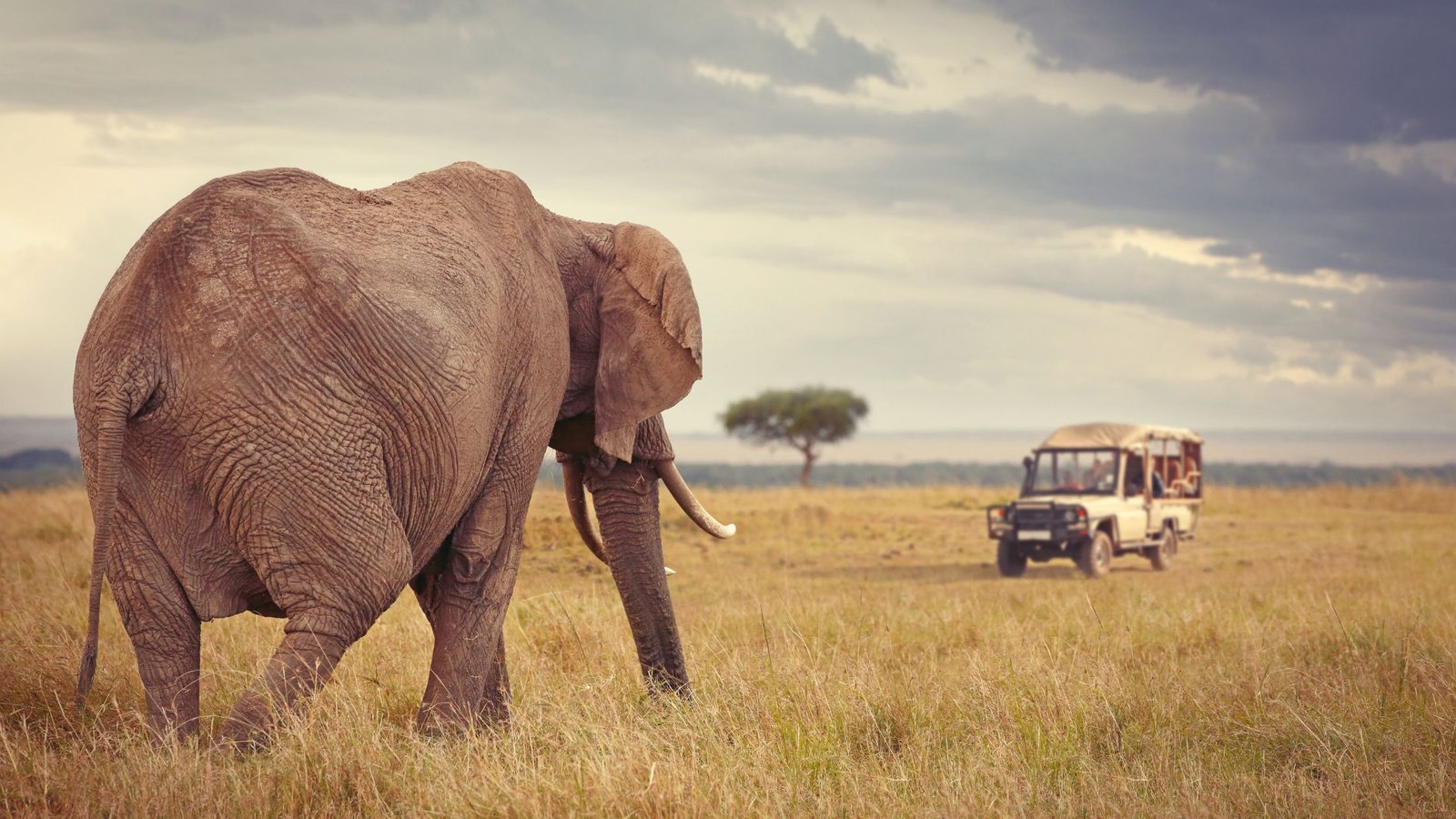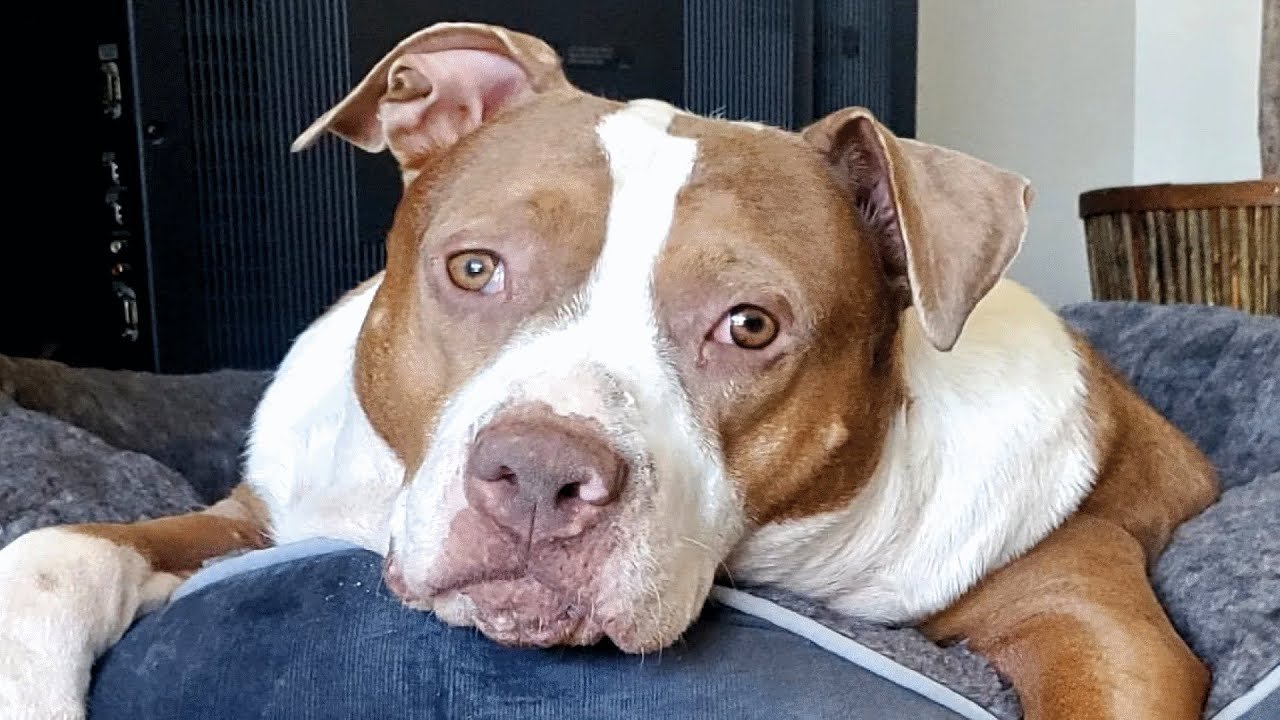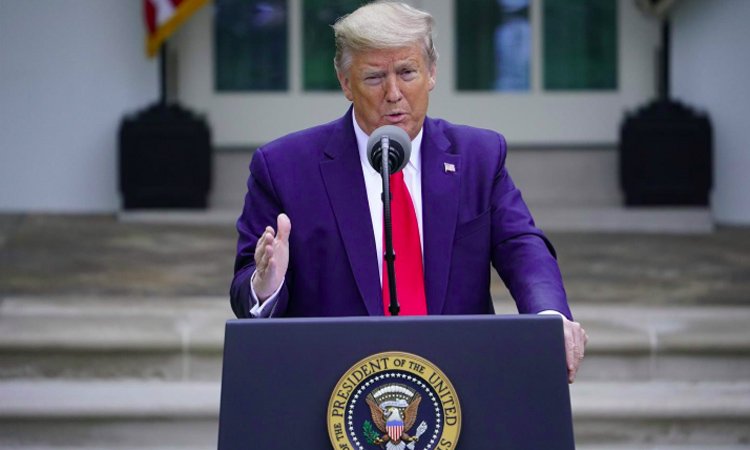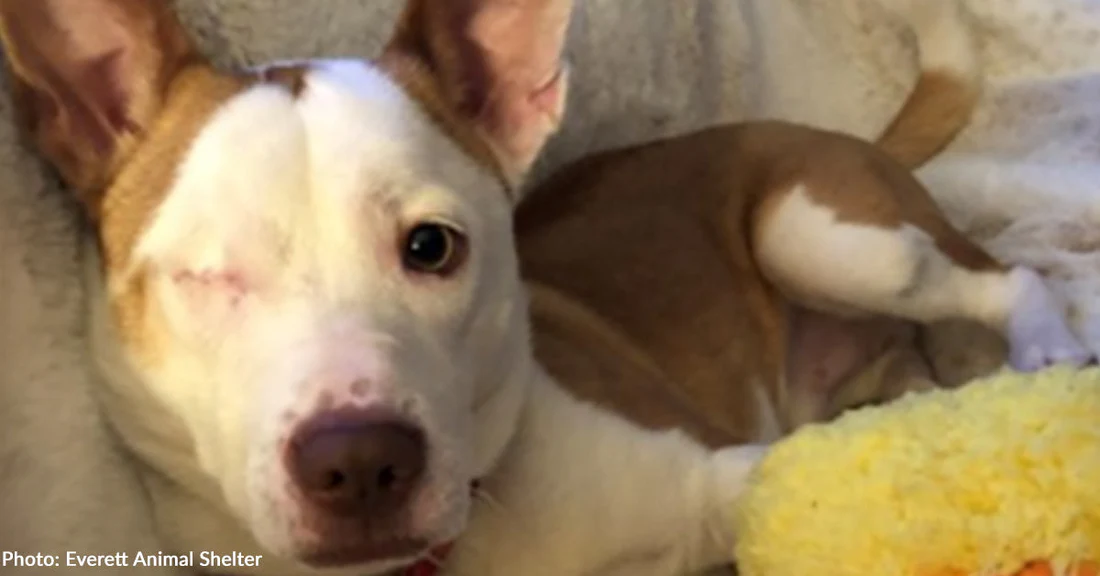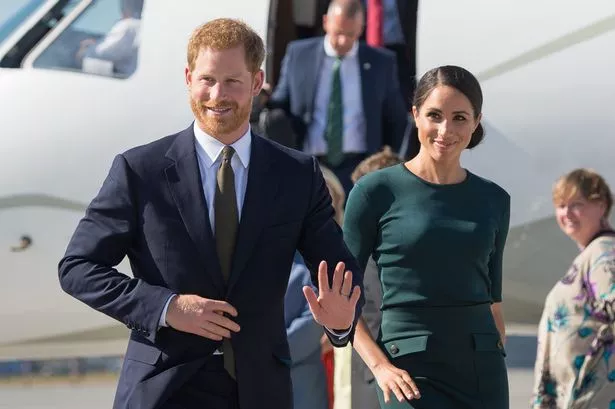The stunning scenery of Mount Kilimanjaro served as the backdrop for a crucial rescue operation on April 11 when a suspected spear wound was discovered on an elephant bull’s foot.
The elephant was first observed limping near the Kimana gate of Amboseli National Park by keen-eyed rangers from the Kenya Wildlife Service (KWS), prompting a swift response from the Tsavo Mobile Veterinary Team, led by KWS Veterinary Officer Jeremiah Poghon and supported by the David Sheldrick Wildlife Trust (DSWT).

The team used the DSWT’s helicopter and Super Cub aircraft to reach the location and ensure a rapid response.
Once they spotted the injured bull, they followed him in a vehicle, carefully keeping their distance to avoid causing stress.

After reaching a safe point near a grassy area, they used a dart gun to sedate the elephant, which took about 12 minutes.
Due to the elephant’s massive size, he collapsed heavily onto his haunches, requiring assistance to be rolled onto his side to treat the injured foot. Dr. Poghon and his team worked quickly to examine the wound, which initially appeared superficial.

However, upon closer inspection, they found a spear wound penetrating the sole of the elephant’s foot, already showing signs of infection.
The veterinary team cleaned the wound, removing debris and dead tissue, and then applied medication to prevent the infection from spreading.
Dr. Poghon suggested a monthly follow-up visit to check on the bull’s recovery and ensure his health and safety.

As the anesthesia wore off, the elephant gradually regained consciousness, standing up while appearing slightly dazed.
KWS is committed to monitoring the elephant’s condition in the coming weeks and is prepared to provide additional treatment if needed.
This commitment underscores the importance of ongoing care for wildlife in the expansive Tsavo Conservation area.




